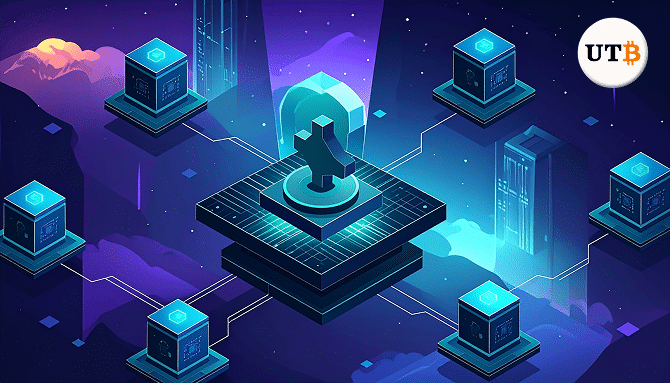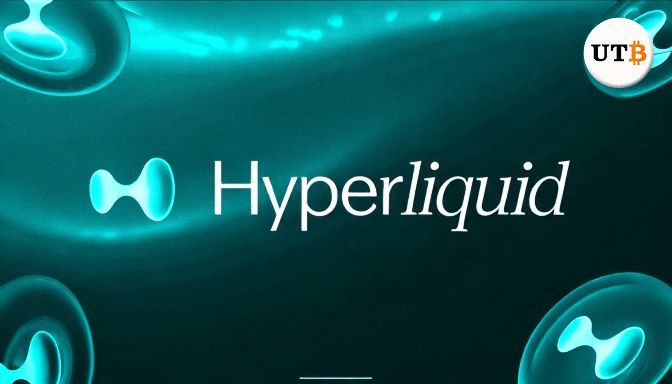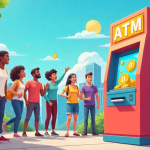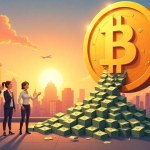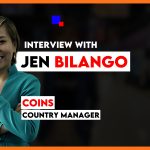Key Takeaways
- Tokenized real-world assets (RWAs) bridge traditional finance and DeFi by digitizing tangible assets like real estate, art, or commodities, enabling fractional ownership and increased accessibility on blockchain platforms.
- By integrating RWAs into DeFi, users could unlock liquidity, enhance portfolio diversification, and streamline transactions, potentially disrupting conventional financial systems.
- Challenges such as regulatory uncertainty, valuation standardization, and trust in underlying asset custody must be addressed for tokenized RWAs to fully revolutionize the DeFi landscape.
Did you know that tokenized real-world assets have the potential to revolutionize the way we think about ownership and investment, especially when it comes to Decentralized Finance (DeFi)?
In this article, we will explore how converting tangible assets like real estate, art, or commodities into digital tokens on a blockchain opens up new possibilities for fractional ownership, global access, and seamless trading.
What Are Tokenized Real-World Assets (RWAs)?
Tokenized real-world assets are digital versions of physical items that have been confirmed as genuine and legitimate, commonly known as “security tokens.” These tokens can be traded on digital asset platforms and signify ownership of a particular asset, like property, artwork, or a stake in a business.
By transforming physical assets into digital tokens tradable on DeFi platforms, these assets become accessible to a broader pool of investors, tapping into fresh capital and enhancing liquidity.
A major advantage of tokenized real-world assets lies in their ability to bolster DeFi’s long-term viability. Conventional financial systems depend on middlemen—like banks and brokers—to manage asset transactions. These intermediaries impose fees that eat into profits and diminish investor returns.
In contrast, DeFi operates on decentralized blockchain networks, enabling asset trading without such go-betweens. This cuts costs and boosts efficiency, positioning DeFi as a more sustainable framework for asset exchange.
As we are all aware, 2022 was a punishing year for crypto investors, marked by events like the Terra collapse, the FTX downfall, Crypto.com layoffs, and more. The bear market hit hard, sparing no one and casting doubt on DeFi’s durability.
Therefore, tokenizing real-world assets offers a steady cash flow immune to crypto’s wild swings. This stability could restore trust and potentially reignite momentum for DeFi moving forward.
Tokenized RWAs Examples
Here are some common examples of tokenized real-world assets:
Real Estate

Tokenized real estate assets signify ownership of a specific property, like a building or parcel of land. These tokens can be traded on DeFi platforms, enabling investors to buy and sell real estate ownership seamlessly.
Art

Tokenized art assets also denote ownership of a particular artwork, such as a painting or sculpture. They are available on select DeFi protocols for trading.
Commodities

Tokenized commodities represent ownership of tangible goods, like gold or oil. This setup allows investors to trade commodity ownership conveniently within the Web3 ecosystem.
Stocks And Bonds

Tokenized stocks and bonds indicate ownership in a company or a debt instrument. These tokens can be exchanged on DeFi platforms, simplifying the process for investors to trade these assets.
How Tokenized RWAs Contribute To DeFi?
Tokenized real-world assets can help reduce the volatility typically seen in cryptocurrencies. While crypto prices can experience significant fluctuations in a short period, tokenized assets are backed by tangible physical assets that generally maintain more stable values.
This stability provides investors with a hedge against crypto volatility, contributing to the overall reliability of DeFi platforms.
Beyond enhancing sustainability and stability, tokenized real-world assets also offer improvements in transparency, capital efficiency, and liquidity within asset markets. DeFi protocols run on blockchain technology, ensuring that all transactions are recorded on a transparent, publicly accessible ledger.
Additionally, tokenized assets enhance capital efficiency by enabling investors to purchase fractional ownership rather than whole assets, making it easier to diversify their portfolios and access a broader range of investment opportunities.
Final Thoughts
Tokenized real-world assets have the ability to revolutionize how we approach ownership and investment. By harnessing the capabilities of DeFi protocols and blockchain technology, these assets can enhance sustainability, stability, transparency, capital efficiency, and liquidity within asset markets.








